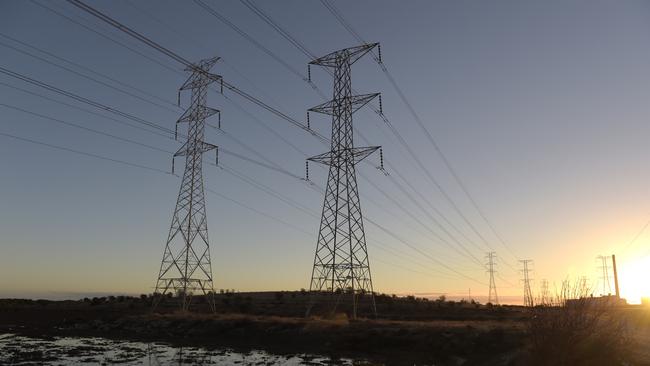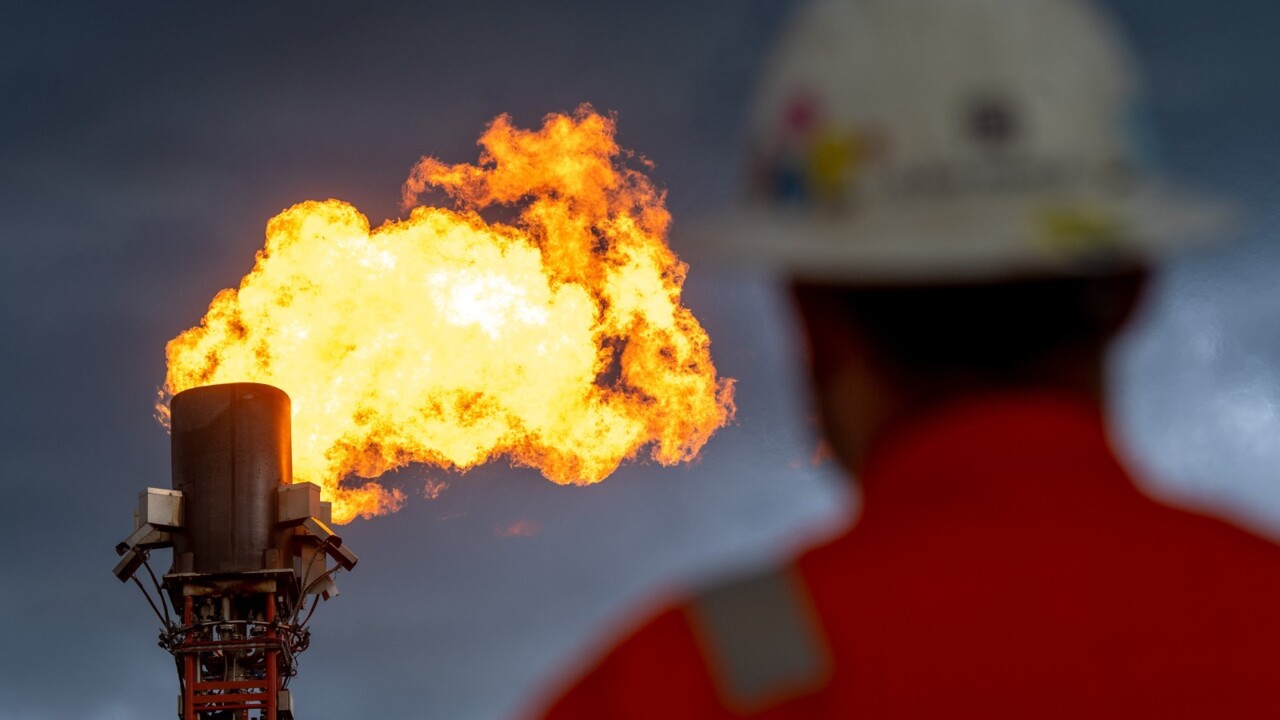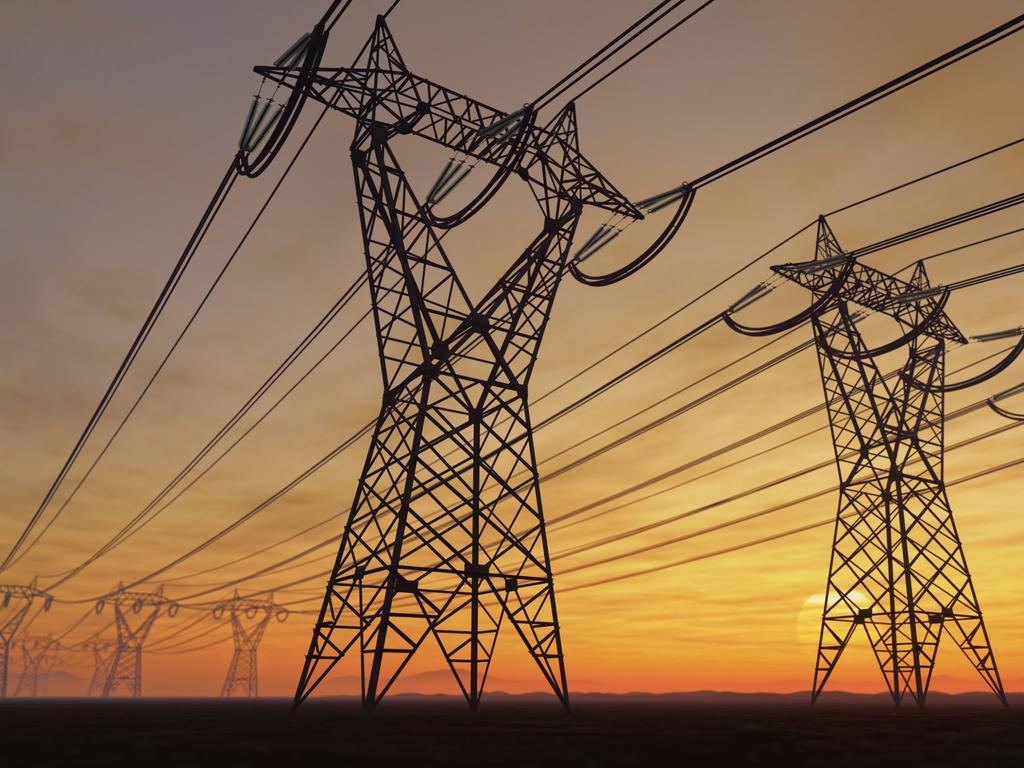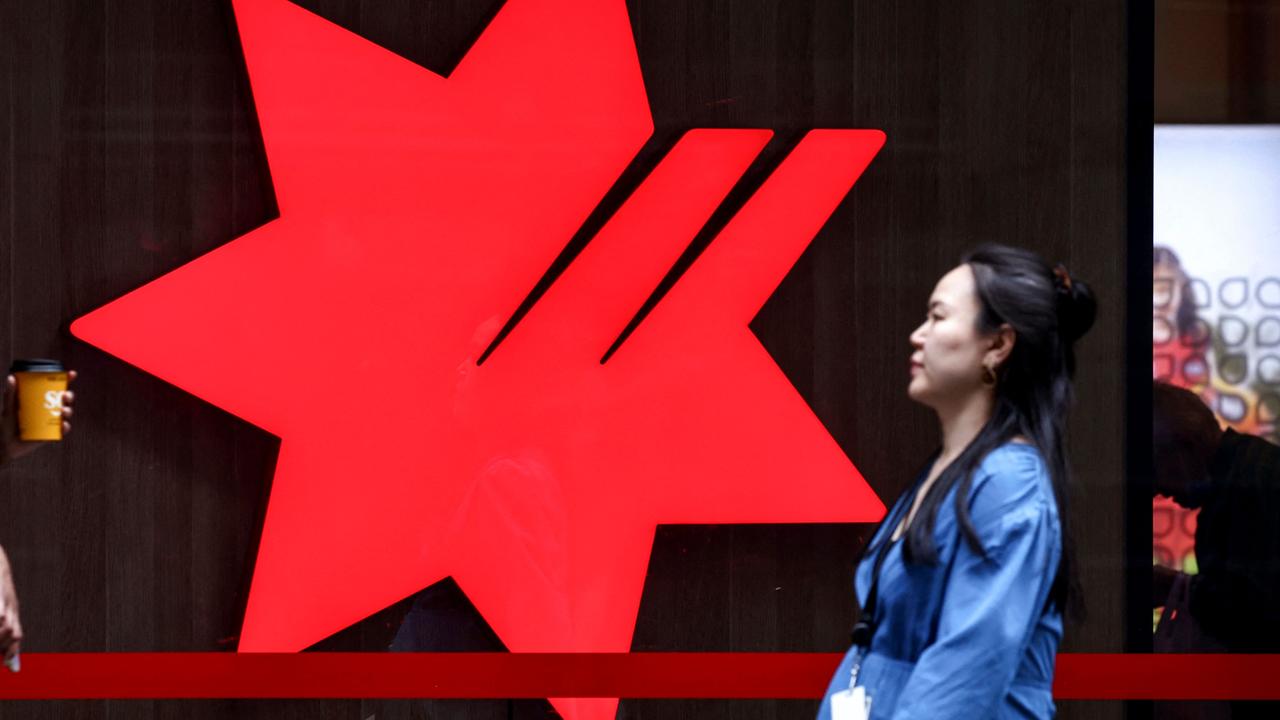Labor takes power walk on decade-long tightrope, Australian Energy Market Operator warns
Households face an ongoing risk of power shortages in NSW, Victoria and SA, with authorities warning reliability risks could derail the grid unless new energy supplies are urgently developed.

Business
Don't miss out on the headlines from Business. Followed categories will be added to My News.
You can now listen to The Australian's articles. Give us your feedback.
Households face an ongoing multi-year risk of power shortages in NSW, Victoria and South Australia from this summer, with authorities warning that major reliability risks could derail the electricity grid unless new energy supplies are urgently developed.
Although the outlook has improved since a year ago, officials said the potential shortfall in reliable supply could hit power users this summer in the three southern states and for several years from 2027 once major coal stations closed in NSW and Victoria.
The Australian Energy Market Operator will ask the industry to have emergency electricity reserves on standby this summer to cut power to large users and ultimately reduce the risk of blackouts during extreme hot weather.
“If only those projects already committed or anticipated proceed, and if risks of commissioning delays eventuate as they have in recent years, reliability gaps are forecast in Victoria, NSW, and South Australia,” AEMO said in its annual electricity report.
AEMO said the supply risk underscored the need for taxpayer-funded federal and state government schemes to deliver a string of new renewable generation projects online over the next decade.
The warning highlights the delicate tightrope the Albanese government is walking this decade. While Labor remains committed to more than doubling renewable supplies by 2030, delivering projects into the grid has been plagued by delays and connection issues.
A bulging pipeline of renewable energy developments have been held back by construction and registration delays, with the market operator this month flagging a substantial increase in the time taken to deliver projects into the nation’s power network.
The 10-year outlook is an improvement from 2023 as Labor faces mounting pressure to deliver the energy transition amid both a cost-of-living crisis and opposition to renewables projects and transmission lines from some regional communities.
Officials now say there is an even greater onus delivering major projects on time against a backdrop of significant delays hindering the move to green energy.
AEMO chief executive Daniel Westerman said the outlook had been bolstered by significant numbers of new renewable-energy projects poised to come to market. Other factors included the extension of NSW’s largest coal power station Eraring, the development of a major transmission line and slower than expected growth in demand for electricity.
However, Mr Westerman cautioned that there was no room for error. “It is critical that expected investments in generation, storage and transmission are delivered on time and in full,” he said.

“If delays occur to projects already underway or further investment does not materialise, then the outlook for reliability will deteriorate.
“The biggest takeaway from the report and the analysis is that these projects need to get delivered on time and in full.”
While both NSW and Victoria face a precarious summer, Mr Westerman said the imminent start-up of a gas power station by government-owned Snowy Hydro will mitigate the prospect of a shortfall in Australia’s most populous state.
Longer term, however, both NSW and Victoria are under mounting pressure.
In NSW, Origin could shut its Eraring coal power station, the state’s largest source of electricity, in 2027, triggering a reliability gap – when there is not enough reserves of power to meet expected demand. In extreme circumstances this heightens the risk of blackouts.
AEMO said last year it expected insufficient reserves in NSW from 2025 the original closure date for Eraring before the state Labor government and Origin struck a deal to prolong its life.
In Victoria, EnergyAustralia’s Yallourn coal power station is expected to retire in 2028 and AEMO said this would lead to insufficient electricity capacity.

The loss of major coal power plants will need to be quickly replaced, but AEMO said there was reason for optimism with some 5.7 gigawatts of developments having progressed sufficiently to be likely to hit the market.
Federal Energy Minister Chris Bowen seized on the new developments as evidence the government’s plan was working. Labor has set the aggressive target of having renewables generate 82 per cent of all power by 2030.
“After a decade of energy policy chaos, the Albanese government is implementing overdue policy reform to deliver a cheaper, cleaner, more reliable energy system,” Mr Bowen said. “The latest ESOO confirms our federal government programs, including Rewiring the Nation and the Capacity Investment Scheme, will improve the strength of the grid and reduce reliability risks.”
The bulk of the new capacity was batteries, AEMO said. About 3.9GWh of batteries were advanced over the past 12 months, along with 1.2GW of large-scale solar, 0.4GW of wind and 0.2GW of hydrogen generation.
Australia has the highest proliferation of rooftop solar and on sunny days the wholesale cost of electricity can often fall into negative territory. Batteries can charge from cheap electricity and then dispatch power to the grid when the sun has set, which typically earns developers strong returns.
Price signals are, however, less clear for wind and solar. AEMO estimates 57GW of grid-scale solar and wind generation capacity will be installed by 2030. These projects are expensive and typically deliver smaller returns than batteries.
Industry sources said the government’s commitment to use taxpayer funds to underwrite 32GW of wind and solar would provide incentives for these developments, but stressed these projects would need high-voltage transmission lines, which have proven difficult to build.
Opposition to transmission lines is hardening despite state incentives for landowners to agree. Project EnergyConnect, which involves construction of a 900km line connecting NSW, South Australia and Victoria is experiencing delays and cost blowouts.
More Coverage
Originally published as Labor takes power walk on decade-long tightrope, Australian Energy Market Operator warns





